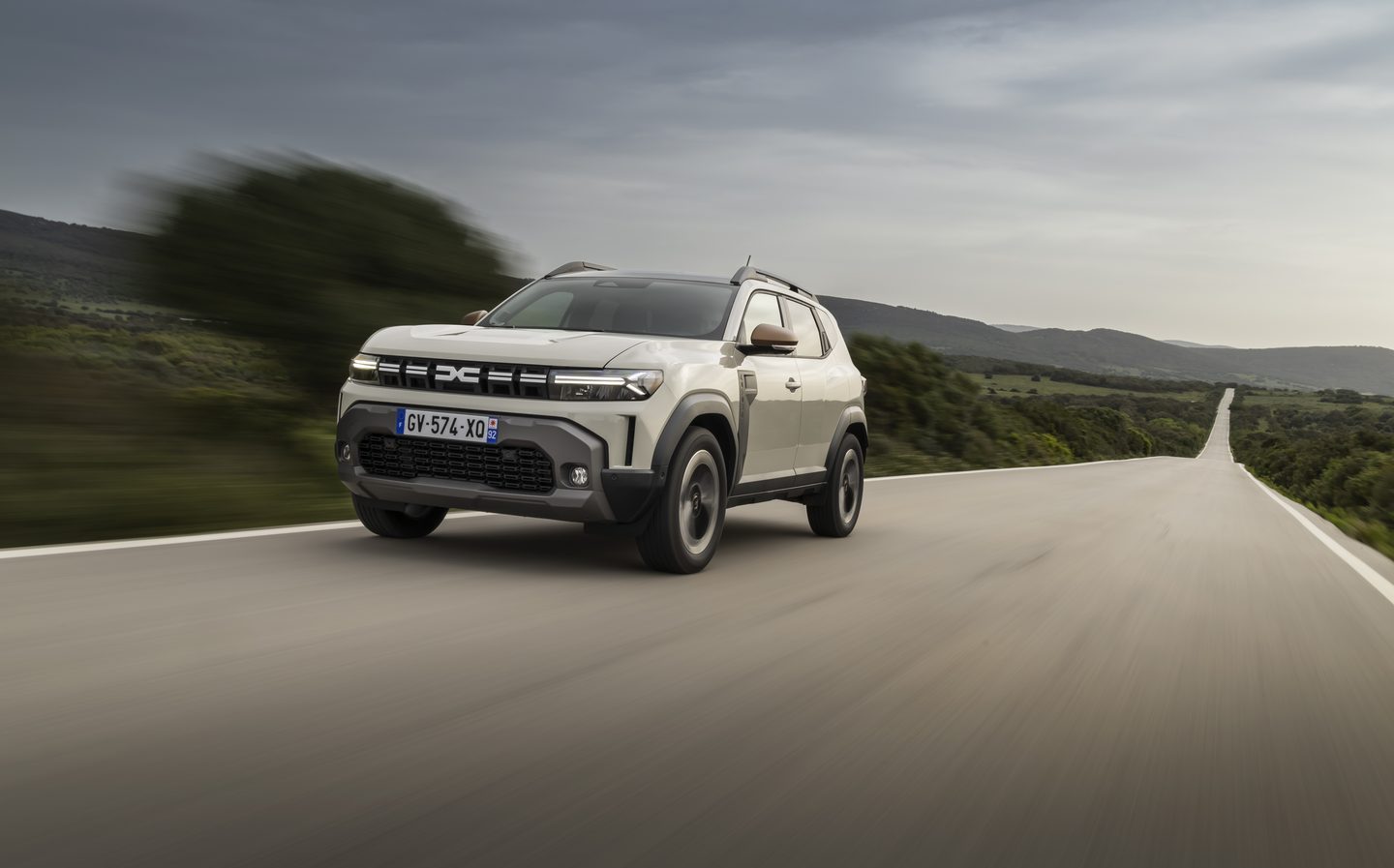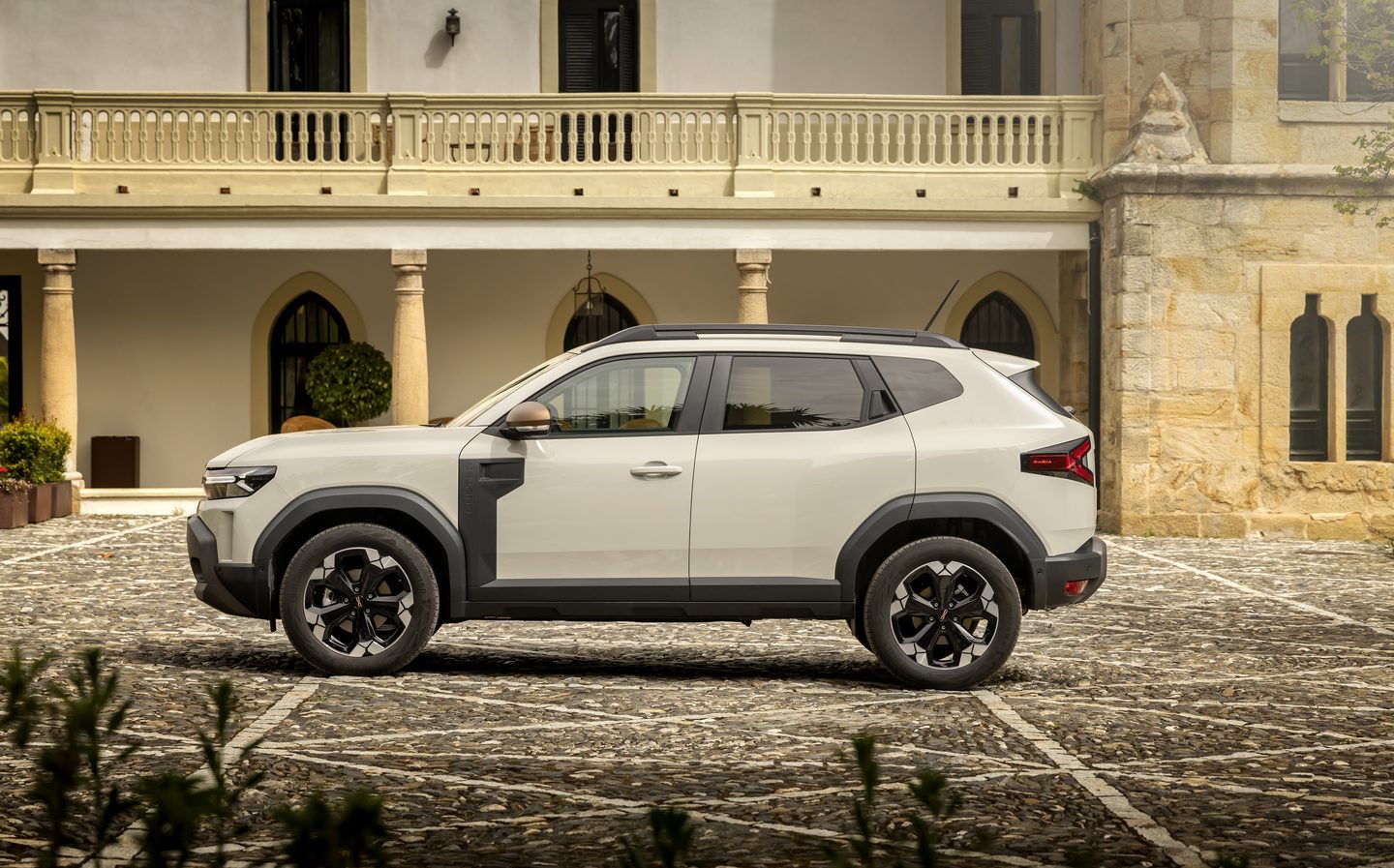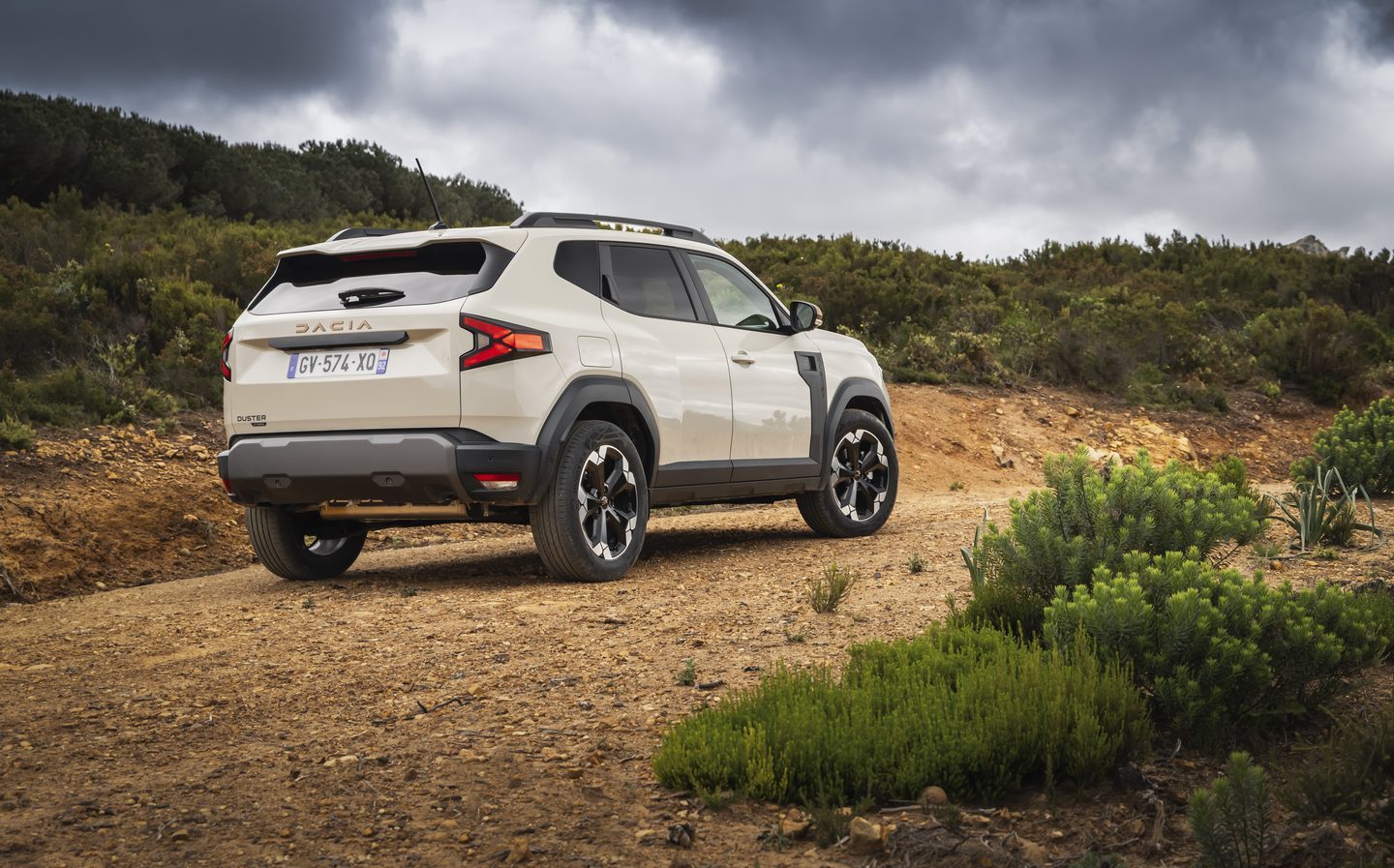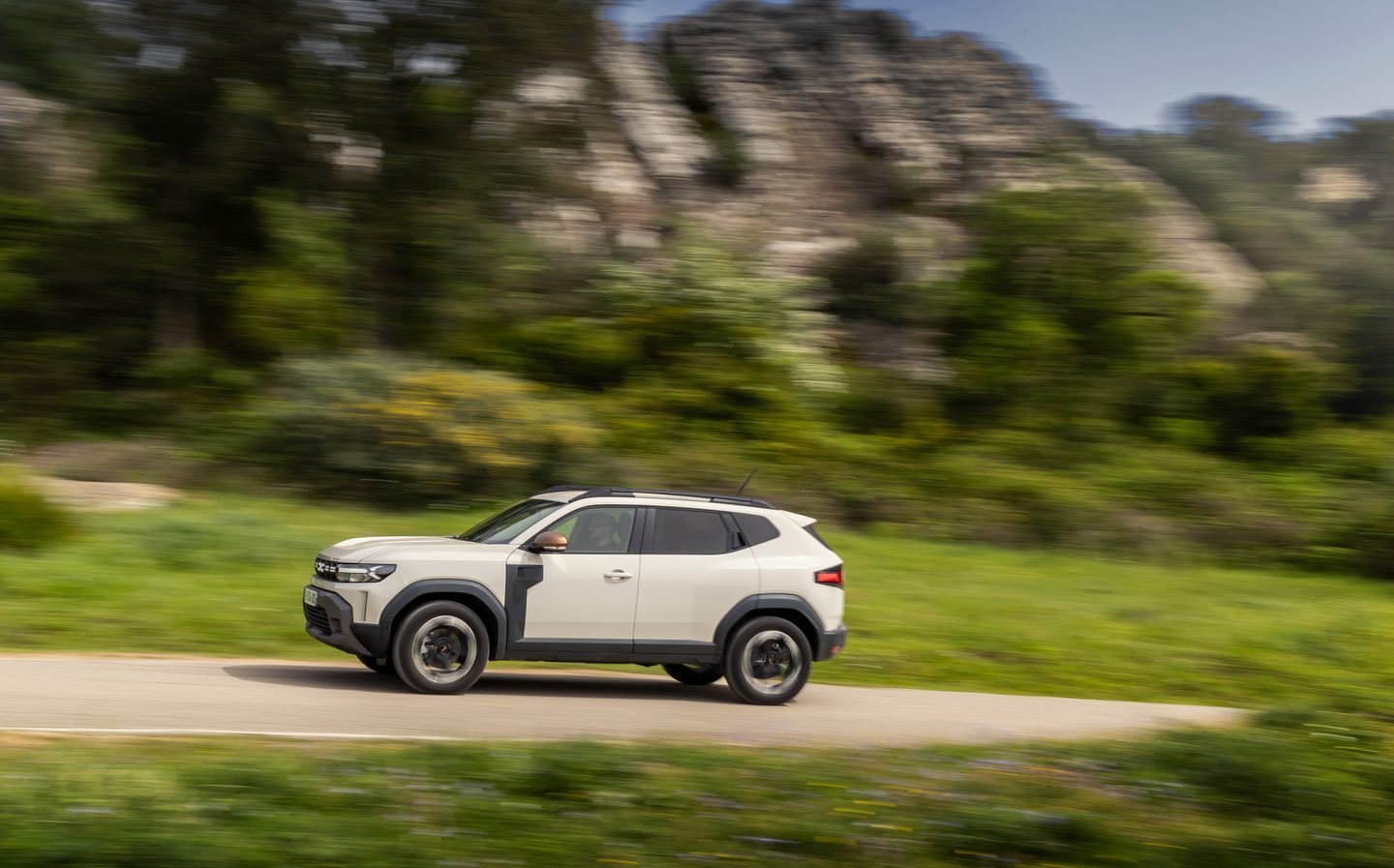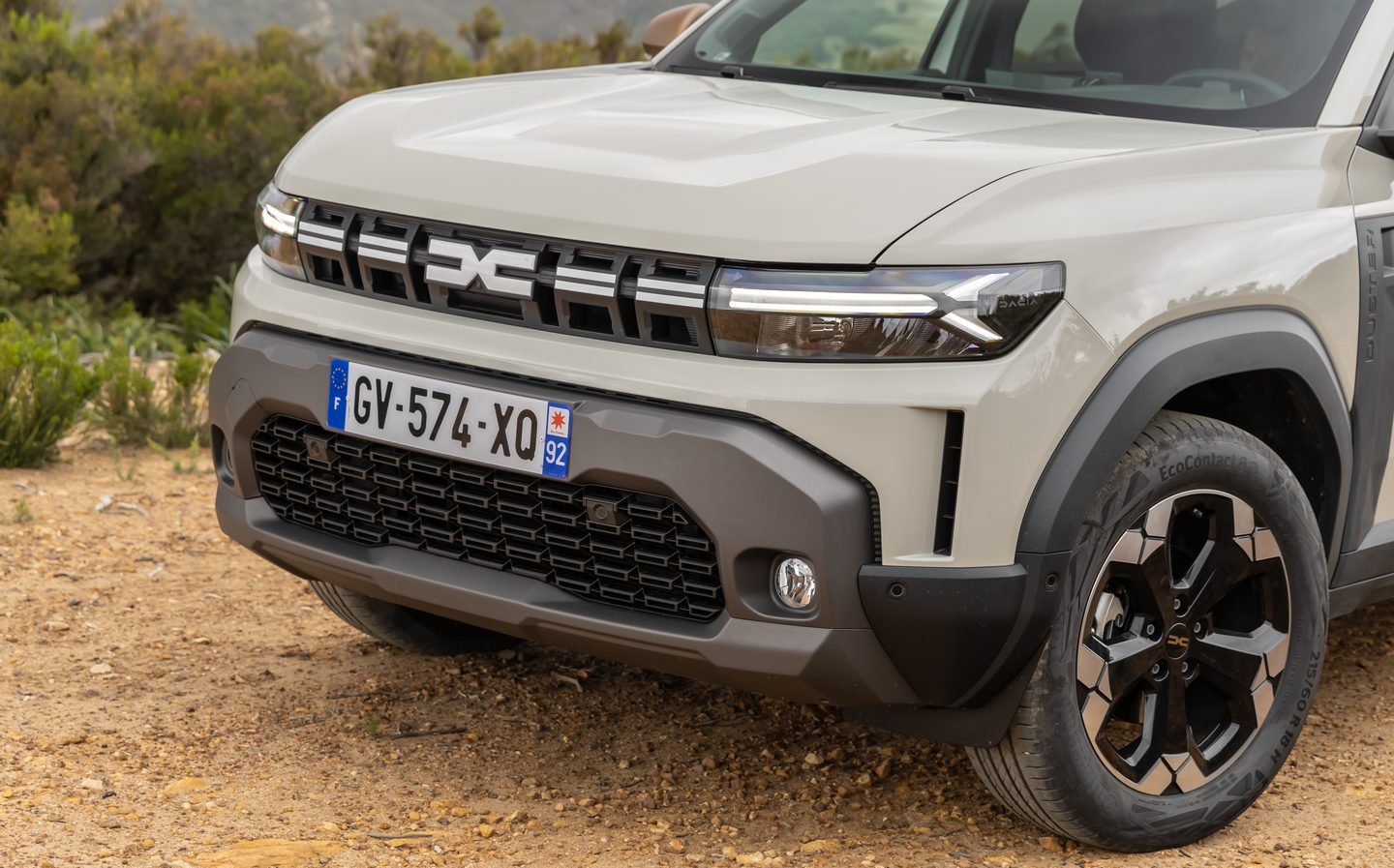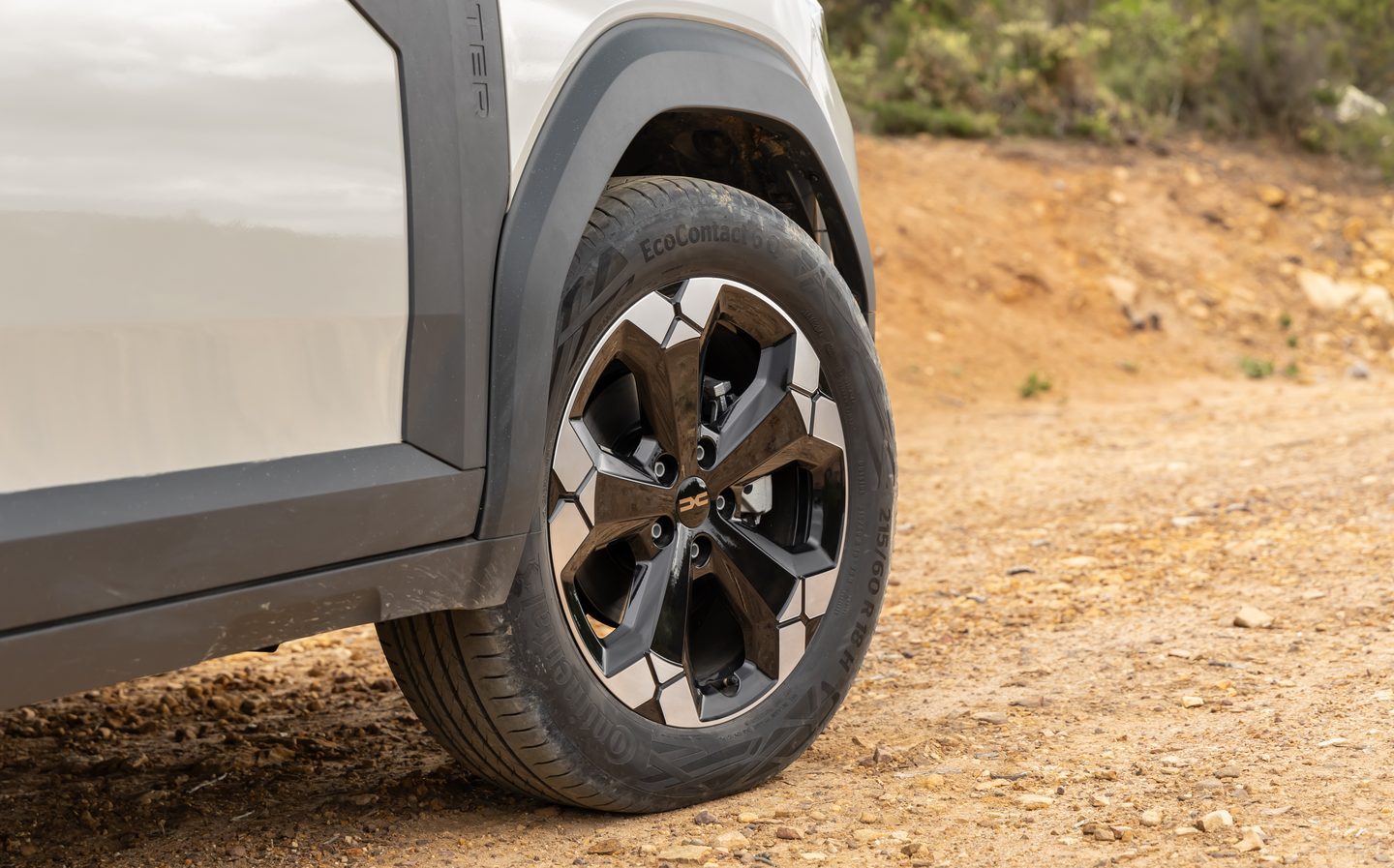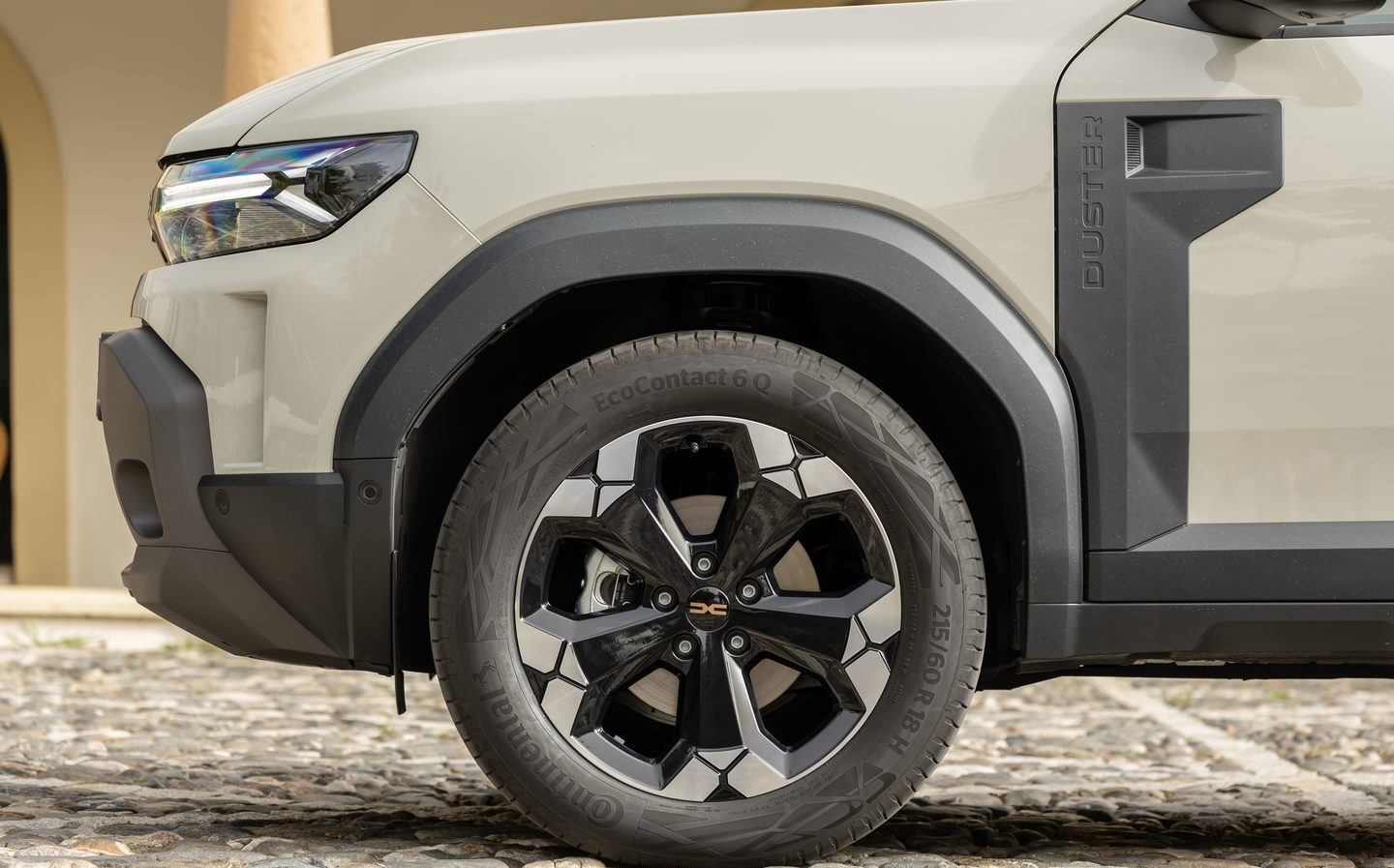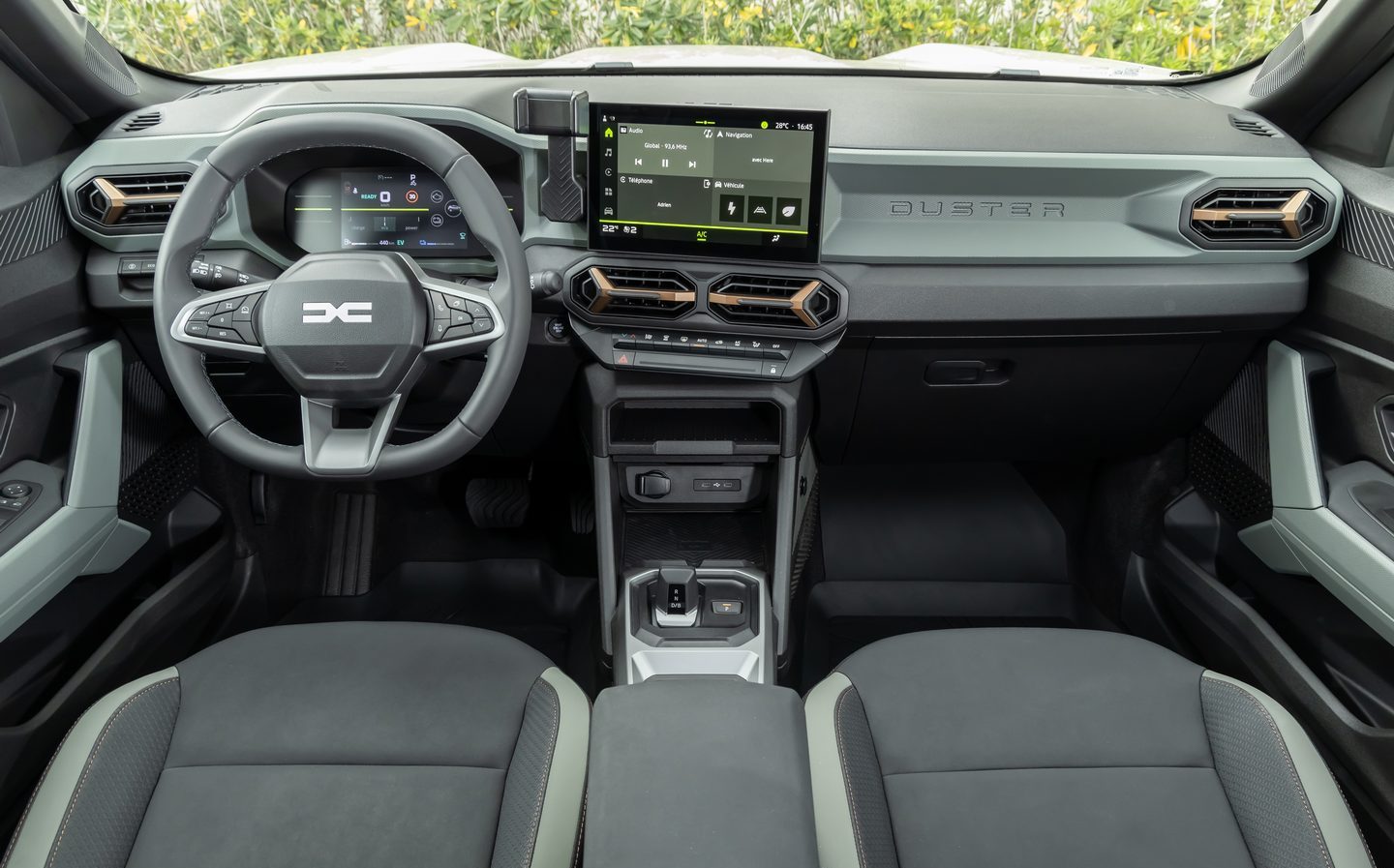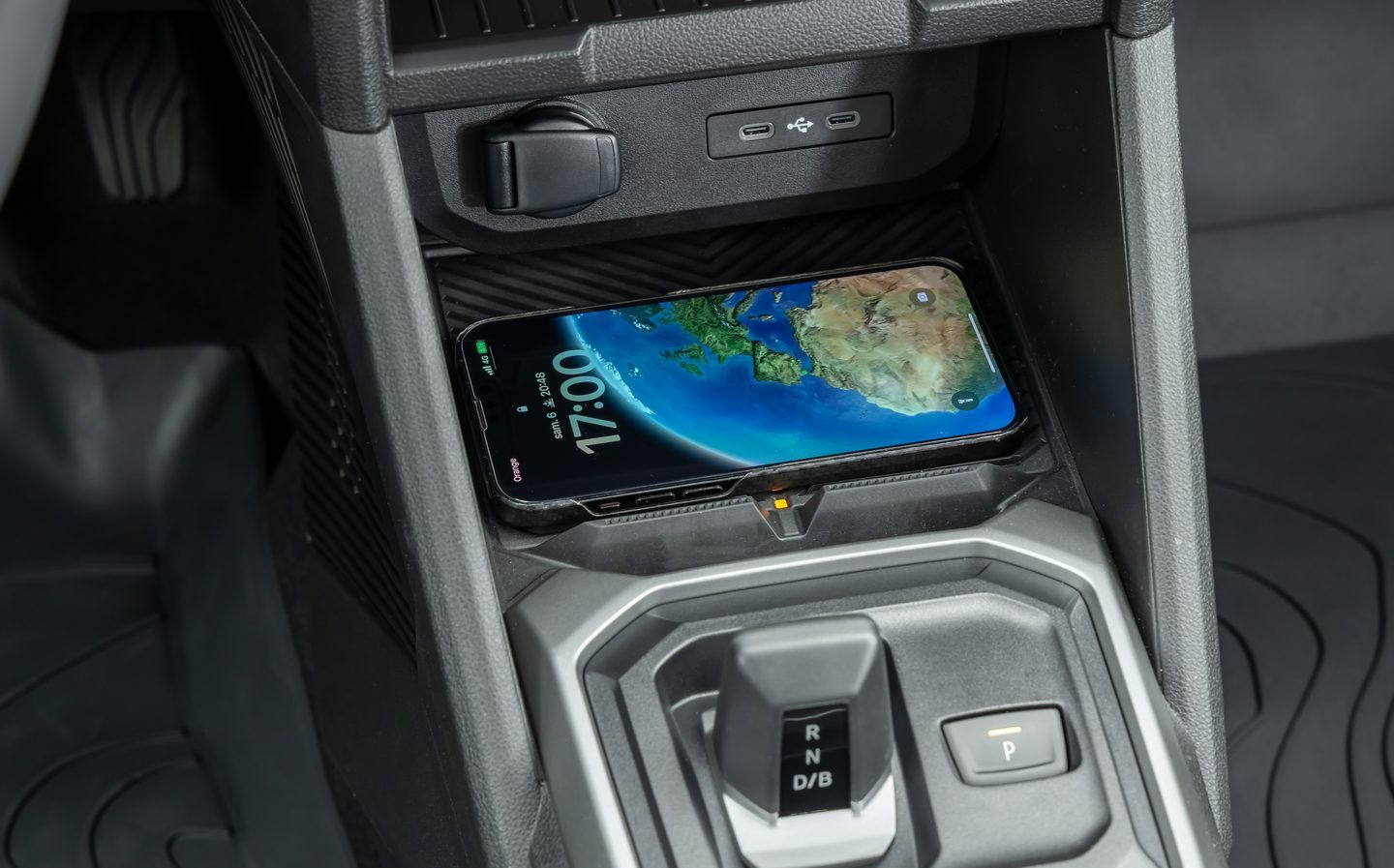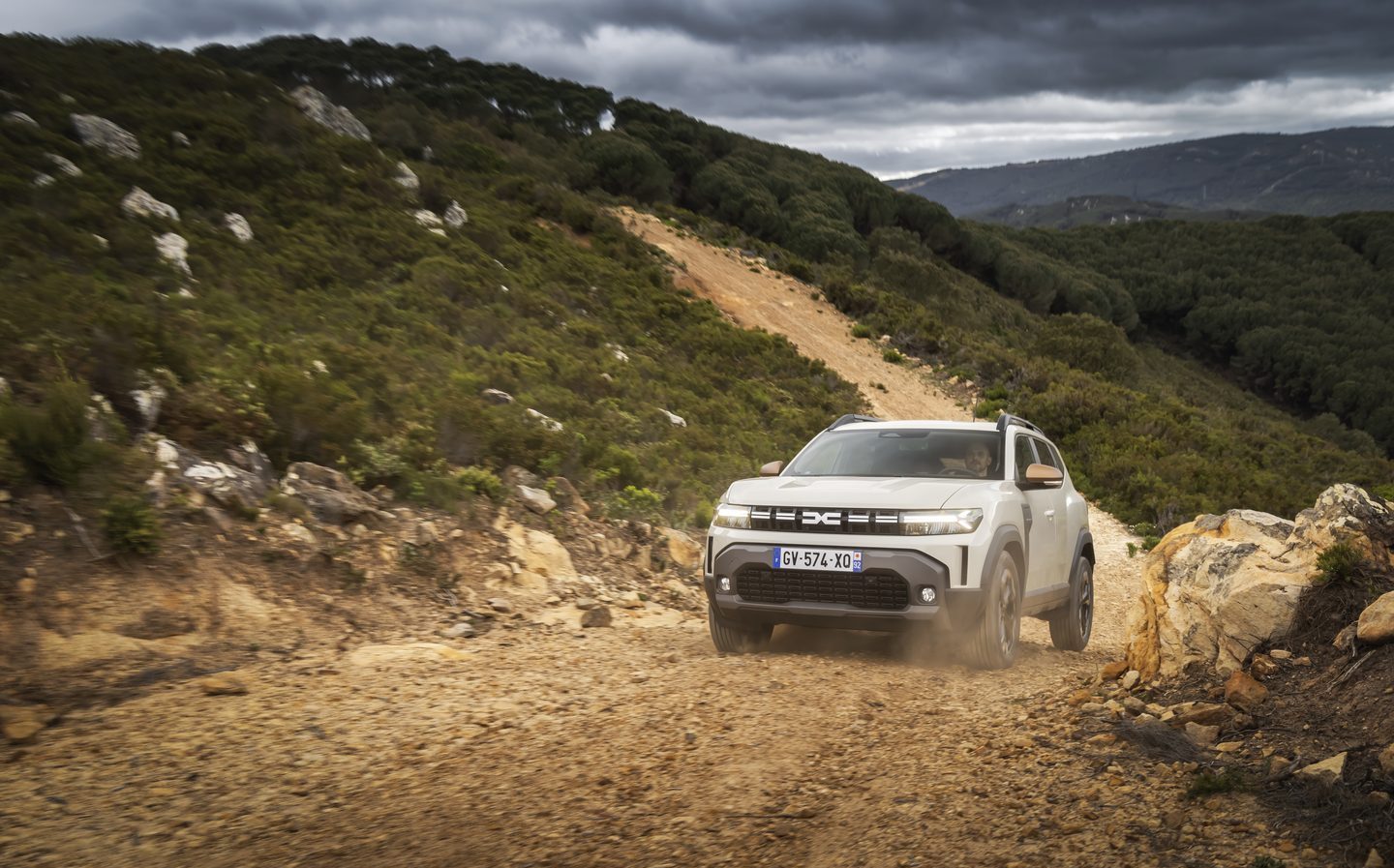Dacia Duster 2024 review: Rugged, affordable SUV modernised with electrification and quite the glow up
New Duster set to clean up
The Dacia Duster’s debut back in 2012 caused a stir with its no-frills approach, even going so far as to offer a budget-friendly version that came without a radio. These days, Porsche or Lamborghini might charge a hefty premium for such weight-saving measures, but for Dacia, it meant a headline-grabbing £8,995 starting price — hard to imagine being able to buy a brand-new SUV for that these days.
It gained more equipment in the subsequent years, its looks improved, and the Duster became a household name and a popular player in the segment. Its honesty and charm won it a strong fanbase and galvanised Dacia’s place in the market.
Now there’s an all-new, third-generation Duster and as the kids say, it’s had quite the glow up.
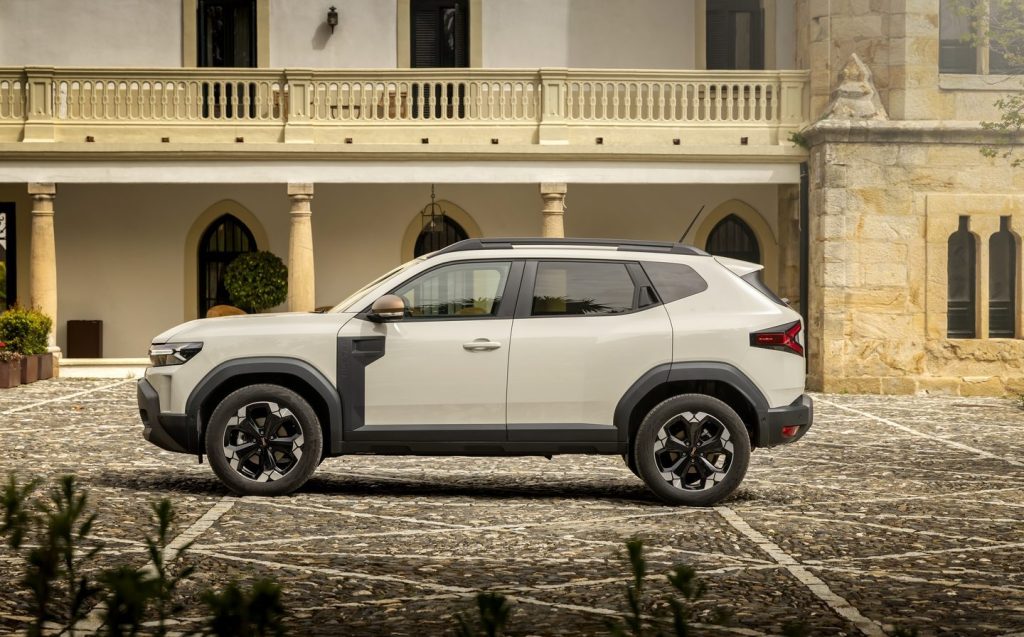
Staying true to its basic, capable SUV roots, the latest Duster continues to be offered with a proper 4×4 transmission and has one of the highest ground clearances in the segment. Few may take their Duster off the beaten track, but it’s good to know that you could, should circumstances demand.
What’ll turn more heads is how the latest Duster now looks. The company’s design department has been churning out some tasty work in recent years.
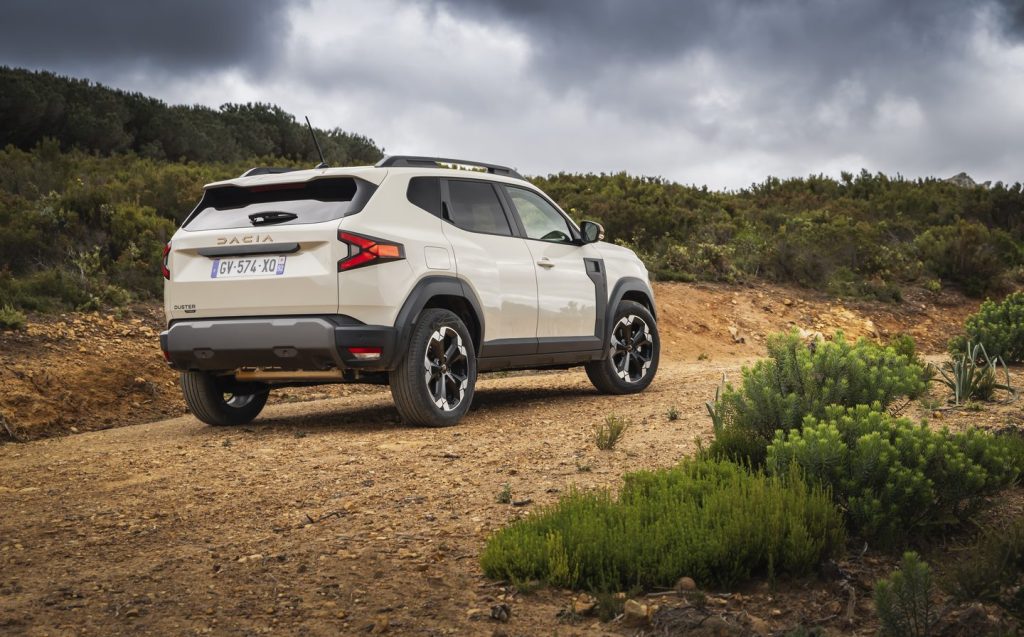
That’s despite the fact that all Dacias must still be affordable — buyers aren’t going to go for a Duster that suddenly costs £40,000, regardless of how good a finance deal might be. Pricing is still to be confirmed but Dacia knows its customers, and any price increase is likely to be marginal.
The Duster is the first model designed from the outset to incorporate the company’s recently revamped brand identity. A bold, horizontal grille features the white Dacia logo that extends into the LED daytime running lights. It’s never looked so rugged, thanks partly to chunky bumpers with the requisite short overhangs that improve off-road capabilities.
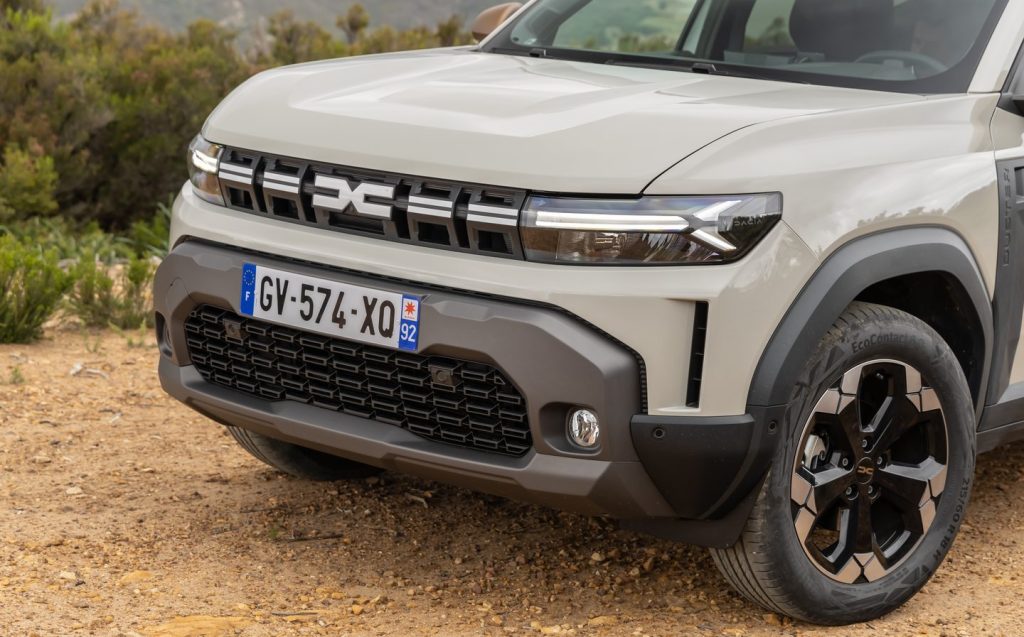
There’s cleverness in the design, too; the contrasting grey skid plates on either end of the car, for example, have their colour impregnated into the plastic during the moulding process rather than using paint, which means if they get a bump or scrape, it won’t be so obvious. Dacia also claims that doing things this way helps to lower the overall emissions during production. Even the car’s owner’s manual is smaller than before, to reduce the amount of paper used.
Elsewhere, the Duster’s external protective cladding is made from plastic that uses a higher mix of recycled materials. It’s called “Starkle”, and it goes onto the car as it comes out of the mould, with a mottled look from the different plastic components that make it up. It might look like the victim of some unfortunate overspray from the paint shop but Dacia is leaning into the look to boost its eco-credentials and showing them proudly throughout the car. There’s even a small “20%” recycled logo stamped into the trim piece on the front doors.
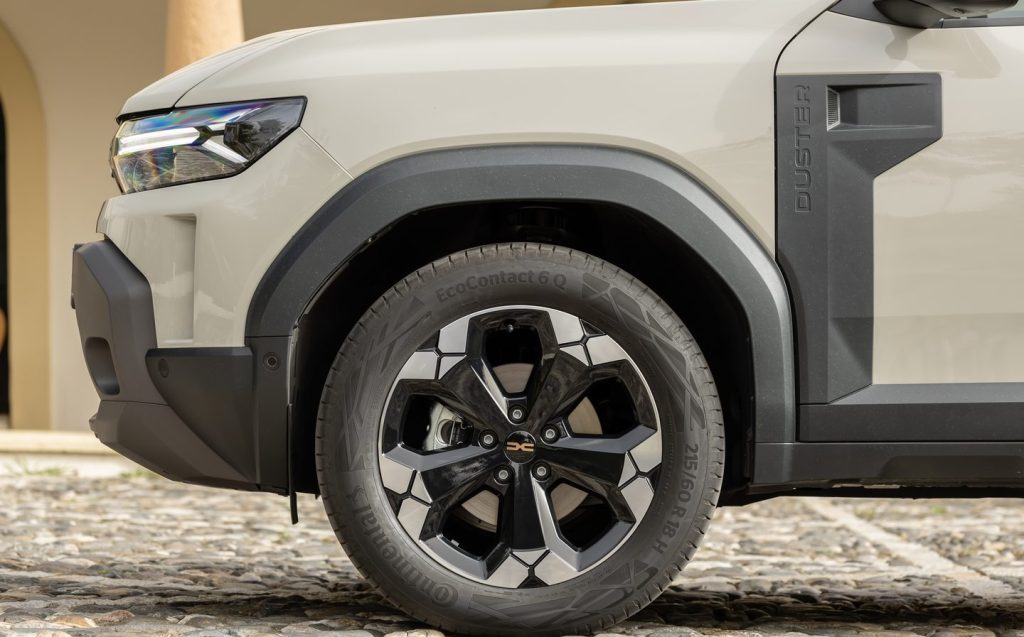
Better still, Dacia is entering the electrified age by offering the Duster with the same hybrid powertrain that features in the seven-seat Jogger. This hand-me-down from the Renault brand uses a 1.6-litre four-cylinder petrol engine mated with an innovative automatic gearbox that drives the front wheels.
Sticking to urban confines is where the Duster hybrid shines, as its small battery gets a good workout by providing decent stretches of engine-off driving between traffic lights. The electric motor has enough pulling power that the Dacia glides along without fuss and in near silence.
Light steering and the fact that its overall dimensions haven’t grown with this new generation (other manufacturers take note) mean it feels very manoeuvrable in town.
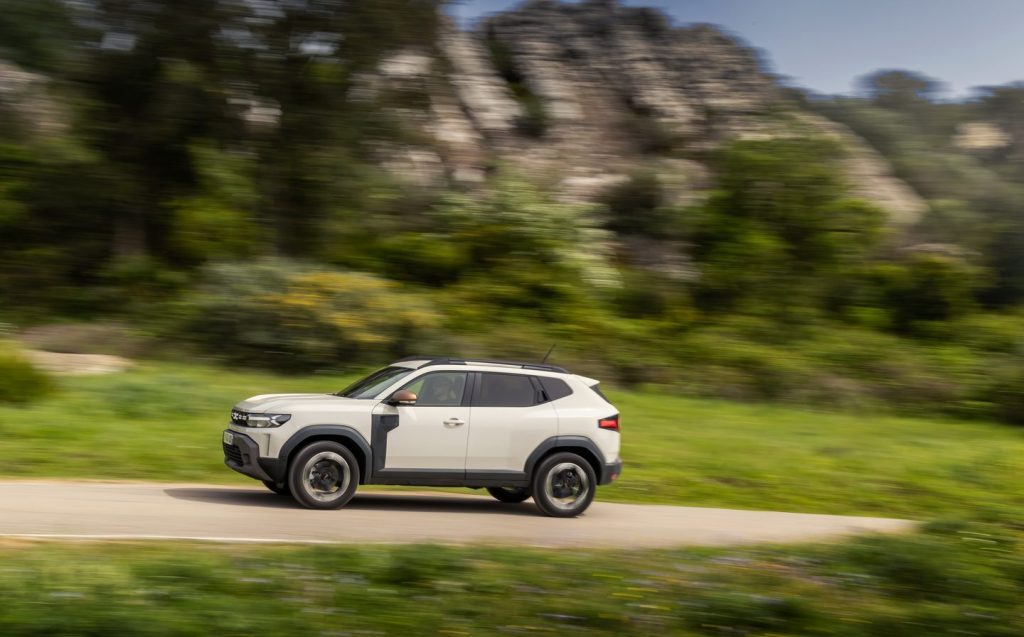
On open roads, the Duster’s stiffer anti-roll bars mean it corners with much more composure than its predecessors, resulting in a more surefooted, planted feeling that will ultimately imbue more confidence in its drivers.
The four-cylinder engine can be quite raucous when pressed hard, though it will slip back into its “EV” mode intermittently when it deems conditions to be appropriate. While that is welcome, there are occasions when the petrol engine will randomly activate and linger at speeds that don’t exactly correlate with the Duster’s progress on the road. We also found that it wasn’t the most fuel-efficient of the available hybrids on the market, nor is it quite as polished as what Toyota offers, for example.
If hybrid isn’t your thing, the TCe 130 model is powered by a 1.2-litre turbocharged three-cylinder petrol engine with a spirited nature that almost matches the hybrid’s maximum power output. This engine uses 48-volt mild-hybrid technology to help manage fuel consumption, though this version can’t drive under electric-only power.
Its manual gearbox is less enjoyable to use than the auto in the hybrid model, too. Even in our factory-fresh cars, the gear change felt long and vague, which is not what we expect in 2024.
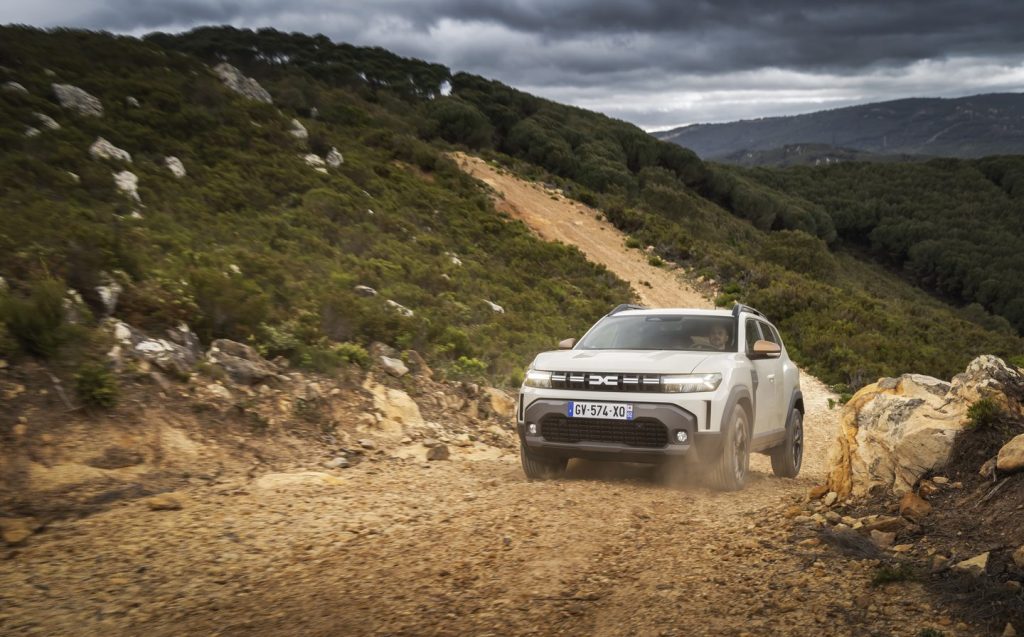
That said, this powertrain can also be ordered with four-wheel drive, which is a rarity at this end of the SUV market. The combination of short overhangs at each end and the high ground clearance will be advantageous to those wanting to explore its capabilities, and it will appeal to budget-focused off-road drivers.
The interior is a huge step forward from its predecessor’s, and the range-topping Extreme specification comes with a 7in digital instrument display and a 10in touchscreen for the infotainment. Dacia’s native system is simple and easy to navigate, but you can wirelessly relay your Android or Apple smartphone onto it instead. Even with the jump in screen real estate, Dacia still fits plenty of physical buttons for the usual tasks such as temperature settings.
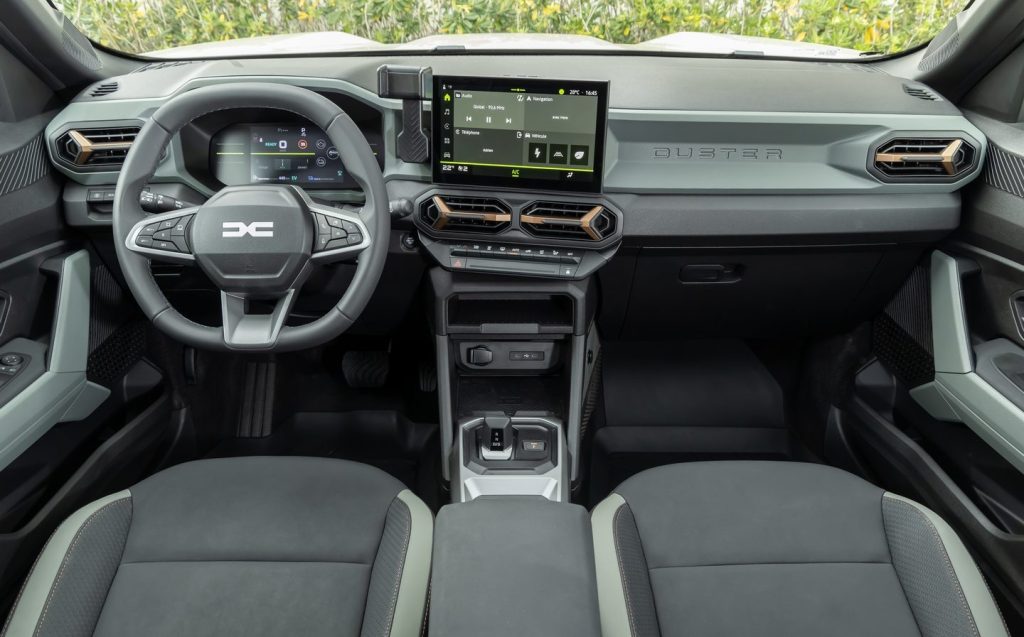
The dashboard has a utilitarian look, and the hard plastics reinforce that feeling, but it certainly should be hard-wearing and up for surviving even the toughest family life can throw at it. The Extreme version includes easily cleanable upholstery designed to cope better with the kind of outdoor life the carmakers like to portray in their SUV marketing.
Rear passenger space, even for adults, is good for the segment, with sufficient legroom and headroom. A nifty feature is Dacia’s YouClip accessories system, which slots onto numerous mounting points throughout the cabin and boot. These include a tablet holder that slides onto the backs of the front seats, a ‘3-in-1’ cube containing an LED torch, cup holder and bag hook, and an adjustable mobile phone holder that can be affixed to the dashboard. Skoda: eat your heart out.
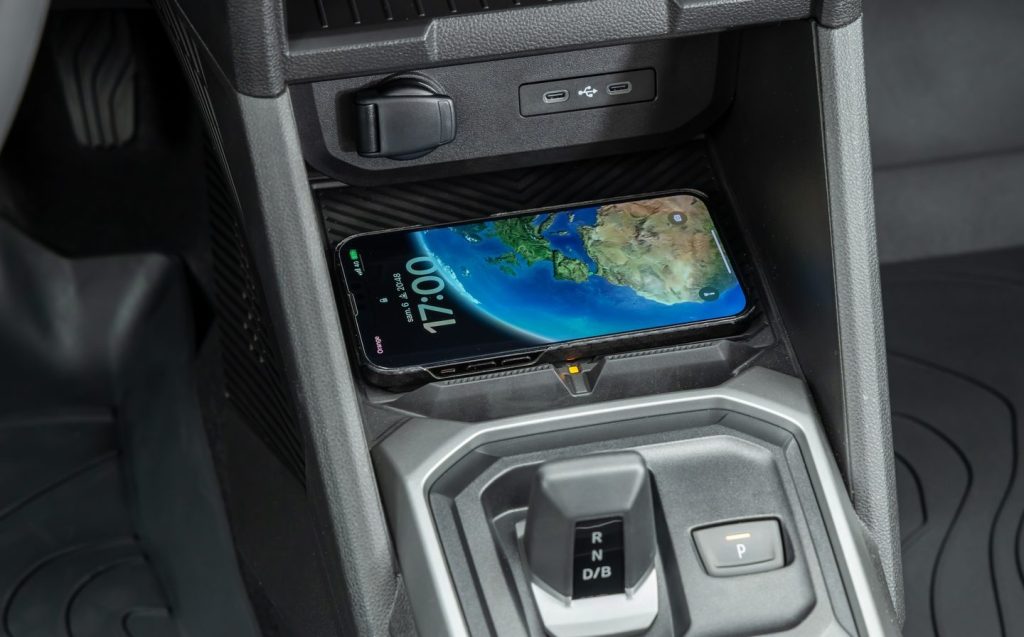
Dacia will also offer the Duster with an “Eco-G 100” engine using a dual-fuel system to run on either petrol or LPG. Two 50-litre tanks mean that a driving range of up to 800 miles is possible, and as the LPG tank is placed low in the rear of the car, there is no noticeable impact on boot volume.
But whichever version of the Duster floats your boat, what is clear is how much of an improvement this latest generation has made, particularly in terms of how it drives. In some ways, part of its raw, honest charm has gone as it conforms with the rest of the market, but the overall result is an impressive SUV that shouldn’t cost the Earth to buy or run.
Related articles
- If you liked reading our review of the Dacia Duster, take a look at the new Dacia Spring, the cheapest electric car money can buy
- Thinking of getting behind the wheel of a new vehicle this year, as a private or company car driver? Check out 11 of the most exciting new models arriving in 2024
- Did you hear Dacia plans to compete at the 2025 Dakar Rally?
Latest articles
- Aston Martin Valkyrie AMR-LMH hypercar hits track ahead of 2025 Le Mans challenge
- Porsche has begun testing the electric Cayenne
- Cupra Leon 272 eHybrid 2024 review: Bigger battery, better tech … but is it a Cupra?
- Porsche 911 GTS 2024 review: Hybrid heresy or more Stuttgart genius?
- Extended test: 2023 Vauxhall Astra Sports Tourer GS PHEV
- Ford Capri revival has faced a lot of flak… but are buyers put off? Here’s what visitors to the Festival of Speed had to say
- F1 2024 calendar and race reports: What time the next grand prix starts and what happened in the previous rounds
- ‘No timeframe’ for how long Volvo’s returning estate cars will be on sale in UK
- Kia Picanto 2024 review: Updates add spice to cute Korean city car


